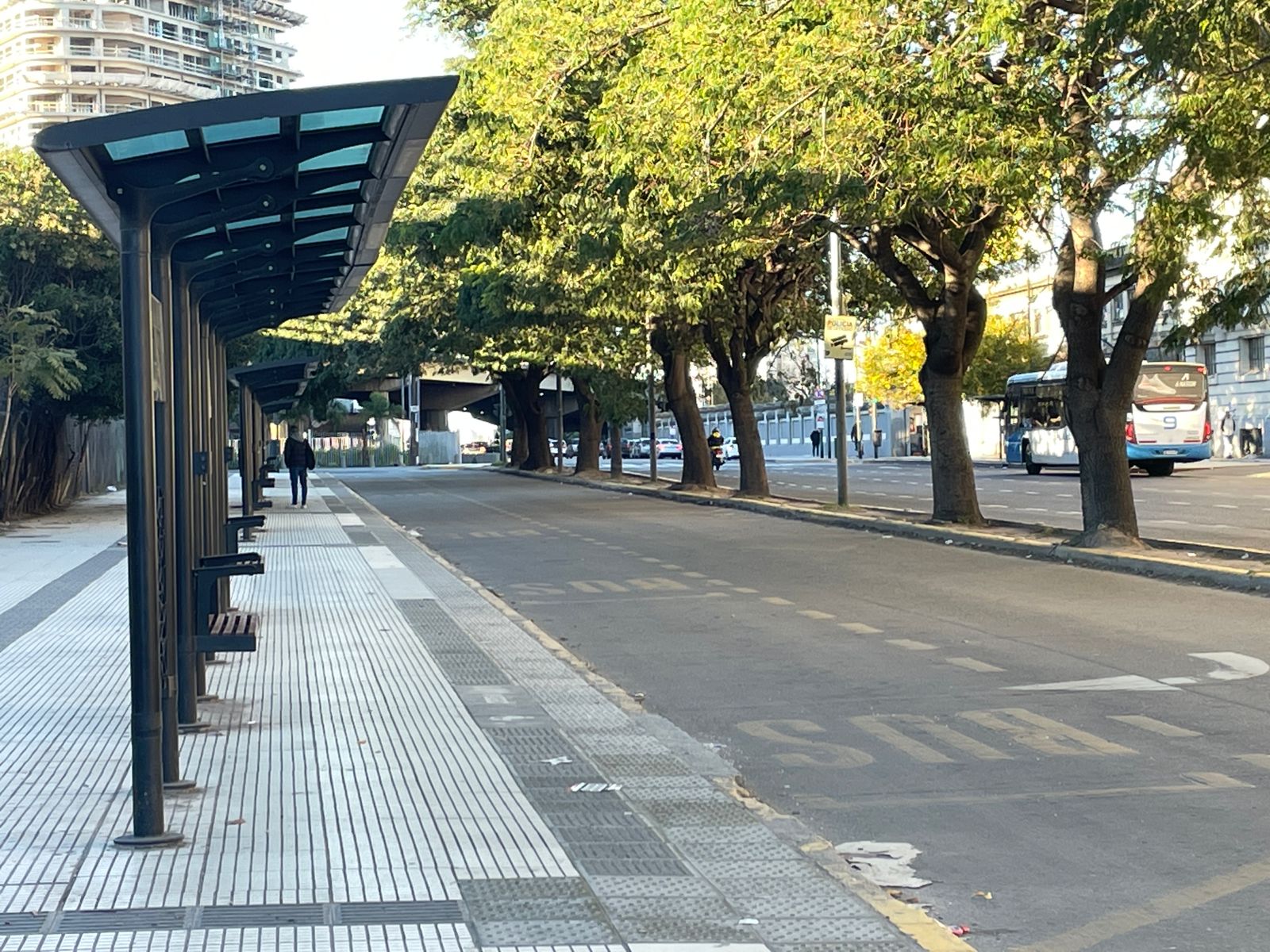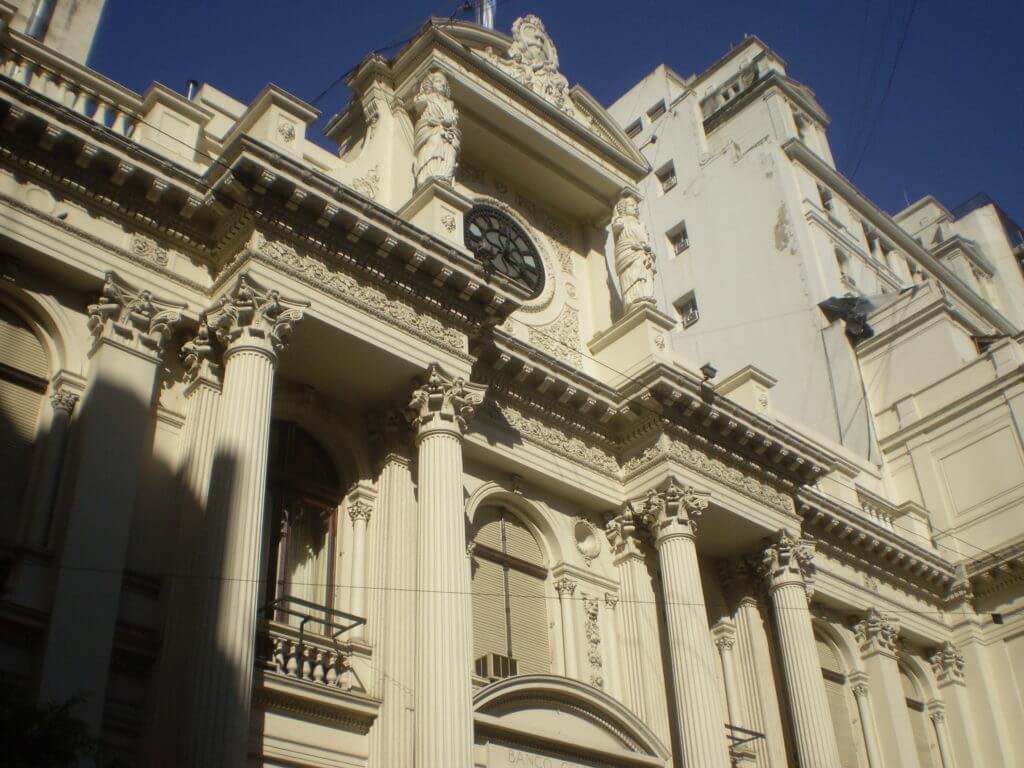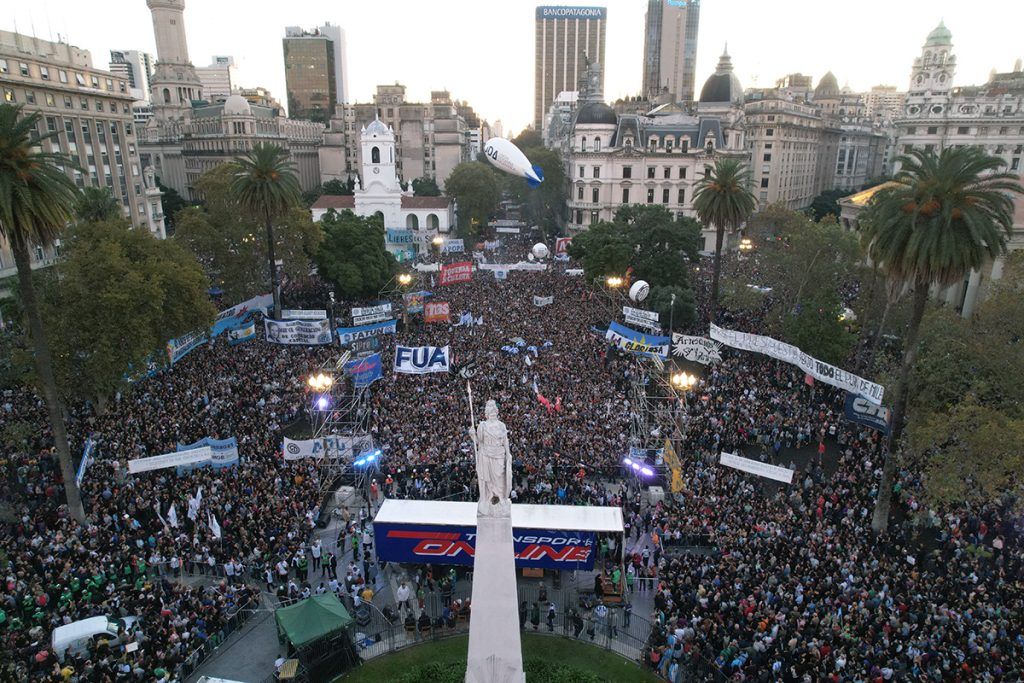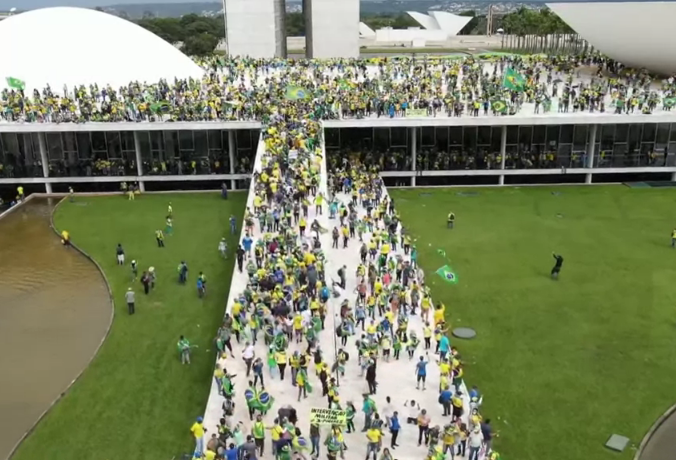Buenos Aires, Argentina – A national strike to protest President Javier Milei’s recent economic reform measures paralyzed major cities across Argentina on Thursday.
Called by the General Confederation of Labor (CGT), a major labor union federation, the strike shut down cities including Buenos Aires, Rosario, Córdoba, Tucumán, and transportation — including buses, trains, subway systems and air travel — were mostly shut down throughout the day.
Schools, universities, banks and public offices also didn’t open on Thursday, and businesses were impacted as workers were hampered by lack of transport. Small towns and rural communities were mostly unimpacted according to local media reports.
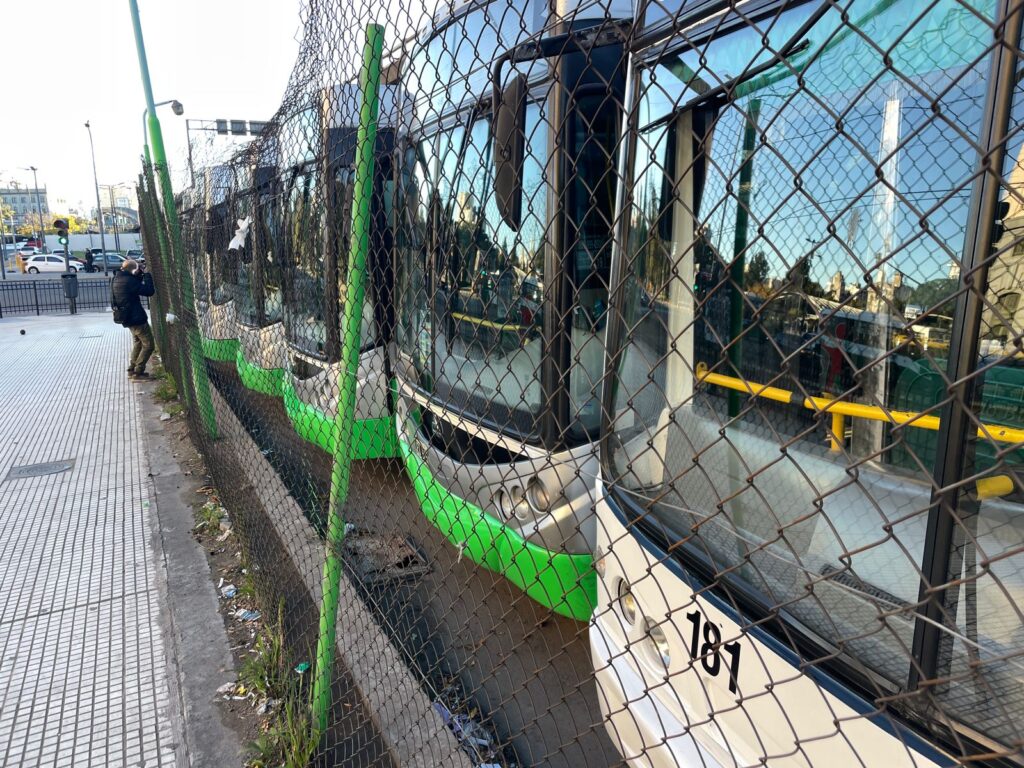
Why Argentines are striking
Argentina is facing one of its worst economic crises in decades.
Upon ascending the presidency in December 2023, Milei — a self described anarcho-capitalist — issued a series of economic shock decrees to curb annual inflation, which had reached 211,4% in 2023. Milei’s decrees cut the value of the Argentine peso, and eliminated many government price controls.
In February, he submitted his so-called “omnibus bill” to congress which including sweeping economic reforms. At the time, the bill was torpedoed in Congress for lack of support.
Meanwhile, living wages have yet to catch up to the high cost of goods, andover half of the population struggles to afford basic goods and services.
Earlier this month, Milei’s government was able to get a revised omnibus bill passed through Congress. Although stripped of over 400 of its original articles, the omnibus bill allows for emergency presidential administrative powers, paves the way for privatizing some public companies, and attracting international investors. The bill will face some stiff opposition in the Senate.
Milei’s economic shock measures have managed to lower inflation from 25% in December to 11% in March, but the subsequent recession is forcing thousands of layoffs, drawing the attention of labor unions and Milei’s political opposition.
On April 11th the CGT announced the general strike that would take place on Thursday. It was the second large national strike against Mileis’ administration this year, following a January 24 march organized by labor unions.
Read more: Nationwide shutdown in Argentina to protest President Javier Milei’s economic reforms
More than 6 million people were affected by the transport stoppage, according to the Transportation Secretary, and grounded national airline Aerolíneas Argentinas reportedly lost USD $2 million and the public train operator lost USD $200,000. Argentina Reports contacted transport officials for more information on how these figures were calculated but hadn’t received a response by the time of publication.
On Thursday afternoon, CGT general secretaries Pablo Moyano (teamsters), Héctor Daer (health workers) and Carlos Acuña (gas station employees) declared the strike a “success.”
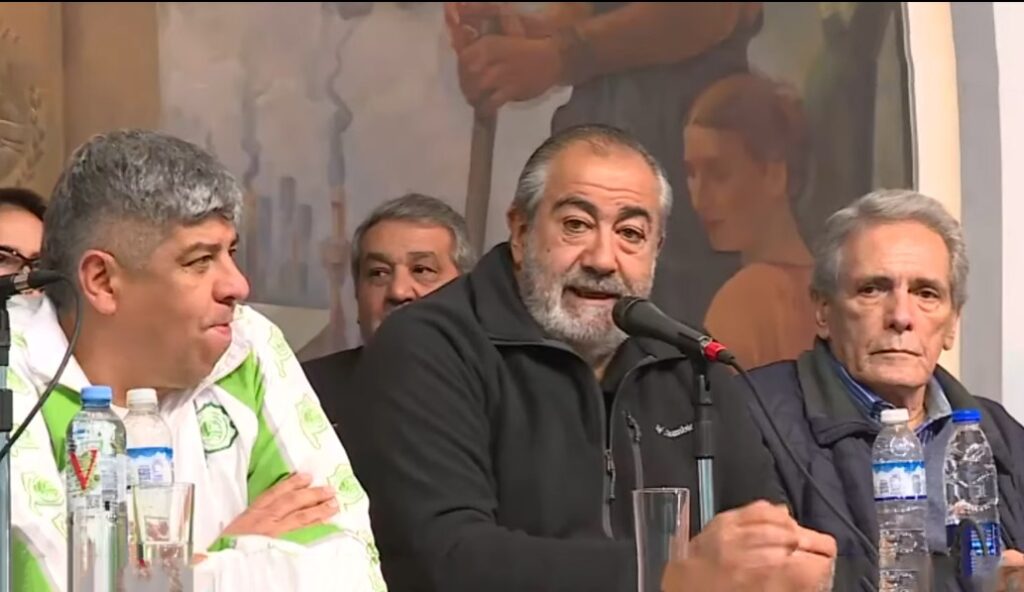
“Government should take note of today’s workers’ claim for a change in the austerity plan. It’s taking the society to an extreme, unsustainable situation,” Daer said, before requesting the government issue policy to fix wages.
Daer also said that the CGT is meeting with senators to encourage them to oppose Milei’s omnibus bill.
“If the government sticks to this economic course, CGT sticks to this striking course,” said Moyano, the teamster representative.
President Milei responded on Instagram, posting a photo of him holding a blue soccer jersey with the words “I don’t strike” emblazoned on the back.
Government spokesperson Manuel Adorni criticized the strike by calling it “inexplicable outside its political intentions.”
The strike in the provinces
The strike’s impact was felt mostly in big cities, with rural areas of Argentina largely unaffected.
Agroindustrial production was fully active in Santa Fe, Córdoba, the interior of Buenos Aires province, and many other districts that rely less on public transportation.
Elbio Lauricica, director of Inter-cooperative Agricultural Confederation (Coninagro), told Argentina Reports that rural towns worked normally in Santa Fe.
“Trucks go in and out of the fields with grain, all going as usual,” he said. Lauricica mentioned that the only change in everyday activity was in Quequén, an export harbor in southern Buenos Aires province, where workers joined the protest.
Domingo Benso, secretary of Cooperatives in the government of Córdoba, told Argentina Reports that the national strike reached only the province’s capital. “Eighty-five percent of the cooperative workers in the province went to their jobs today,” said Benso.
In the Andean province of San Juan, the town of Barreal is famous for wine production.
Magalí Poblete works at Cara Sur winery and her Thursday was like any other day. “There were no public buses and schools today, but all the rest was ok,” she told Argentina Reports. Poblete said in general, the effects of the recession have been felt only lightly at the winery.
Sebastián Campo is a soybean farmer in Acevedo, a small town 230 kilometers from Buenos Aires. “We are in the middle of the soy harvest in Argentina,” he told Argentina Reports. “This year it has been delayed many times because of the rain; machines can’t work under bad weather. Today the sun is up, not a single cloud in the sky, so it’s hard for someone to join the strike even if you are ideologically in favor.”
Campo also said that he believes most of the agroindustrial sector is against the strike and supports Milei’s government with what he called “patience.”
The farmer also highlighted the 2023 drought in the country as a key factor for the rural regions’ low involvement in the protests. “Most of the small farmers are in debt with the banks. We need to harvest as much as possible,” he said.


